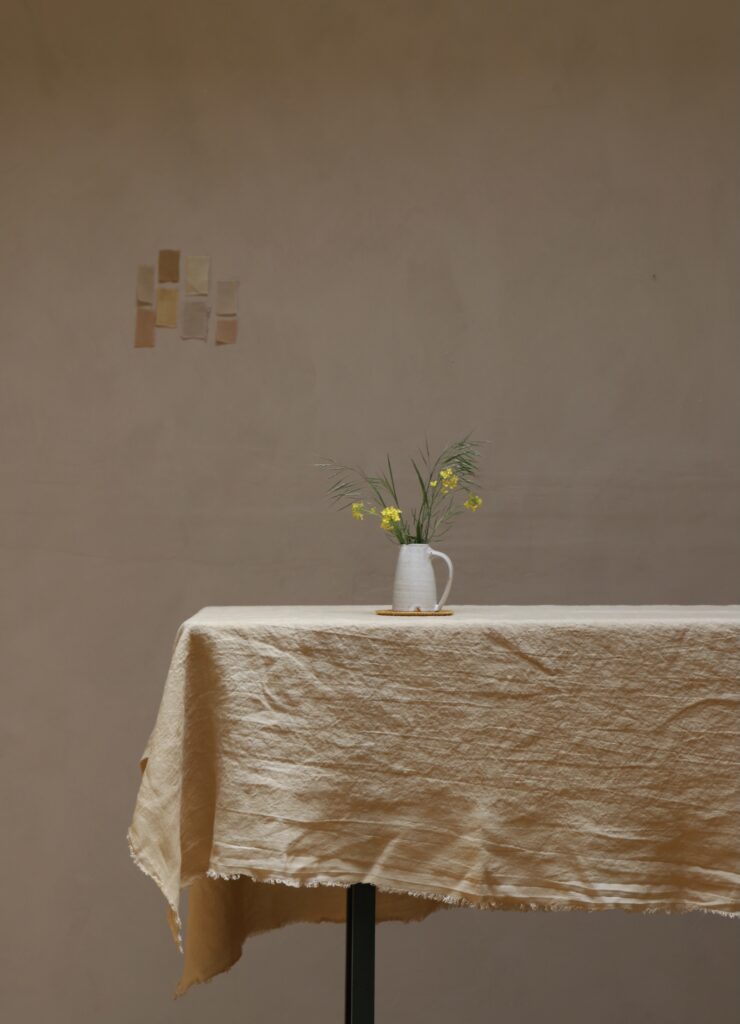
Washing and caring for plant-dyed clothing doesn’t have to be stressful. With a little care & a few tips, you can prolong the life of your plant-dyed clothing for years to come.
Do you wash your fabric after natural dyeing? What’s the best way to wash plant-dyed clothing or fabric? Do I have to hand wash my naturally dyed clothes? Should I use special detergent? If you have naturally dyed garments or Like most things worthwhile, plant-dyed textiles require some care to maintain their beauty & longevity.
Before we look at washing and caring for plant-dyed clothing, let’s consider a few points.
How does pH affect plant-dyed clothing?
Many natural dyes are pH sensitive, which means if they are in an acidic or alkaline environment, the colour of the dye can change. Some are more sensitive than others.
When working with natural dyes you can use this to your advantage. By adding either an acid or an alkali ingredient you can shift or change the colour of the dye. Dyers can use acidic ingredients to shift natural dye colours towards warm shades. Vinegar, lemon juice, or cream of tartar are some examples of acidic ingredients. Alkaline ingredients such as baking powder, soda ash or calcium can bring out cooler tones.
Adding these ingredients can be a wonderful way to explore the colour potential of a dye. Most of the time it’s an exciting addition to your natural dye process. Sometimes, it can be the opposite especially if it happens accidentally! In these cases, it can leave spots or marks on your fabric. If you can catch it straightaway, rinse your fabric immediately & don’t spot clean. Just rinse your item under the tap until you think you have washed out the offending ingredient.
While not all dyes are pH sensitive, be careful when handling acidic liquids or alkaline ingredients around your plant-dyed clothing.
What detergent should I use when caring for plant-dyed clothing?
I always recommend a detergent that is eco-friendly & as pH neutral. To avoid colour change, I shy away from soaps that are chemical based or perfumed. Dr. Brommer’s Unscented Pure Castile Soap is pH neutral & is a gentle option. I use Ecover or Lilly’s Eco-clean detergent. I never have any issues with colour changes from either of these. Most health shops or natural based stores carry a variety of eco friendly laundry soaps. You may need to experiment with a few before you find the one that works for you.

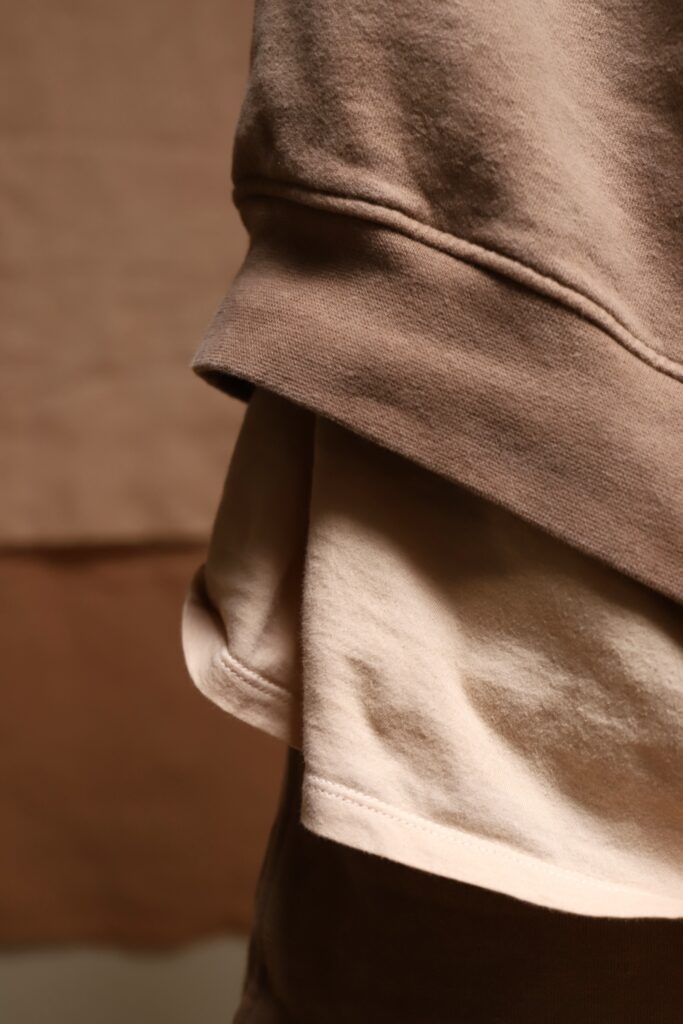
Chemical based detergents & plant-dyed clothing
Chemicals have the potential to react with the plant dyes and change the colour of your clothes in the wash. Discovering that your plant-dyed items are not the colour they were after a wash is a rite of passage for many novice dyers.
Spot cleaning plant-dyed fibres
If you treat stains on naturally dyed fabrics by spot cleaning, you can permanently mark your item. Applying soap or detergent directly onto a stain & rubbing vigorously, can leave a lighter patch in the stained area. If you accidentally splash food on your plant dyed clothing, run it under the cold water tap immediately. Then gently use your finger to loosening the offender from the fibres. Next, fill a basin with 1 tsp of eco friendly dish soap & add your item. Leave it to soak for 1-2 hours, remove & wash as you normally would.
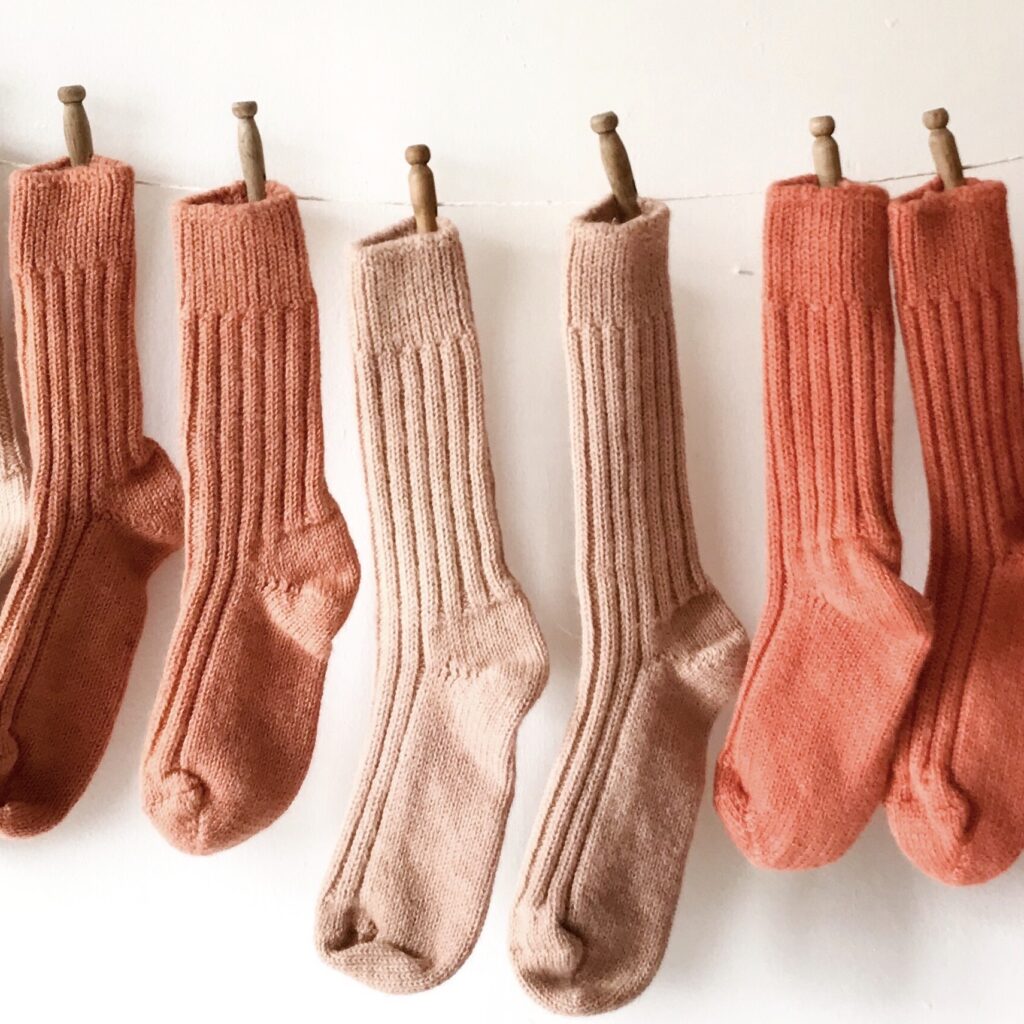
Should I hand-wash or use the washing machine?
Wash whatever you are washing as you normally would. If you have a hardy fabric wash it in the machine, if the fabric is delicate, wash accordingly.
I wash all my plant-dyed clothing in the washing machine on a 30* cycle. If I am washing delicates, wool, silk or alpaca, then I’ll wash in the machine on a delicate cycle. If I’m washing a particularly delicate item & don’t trust my machine then I’ll hand wash.
Washing your plant-dyed clothing
The colours might run a bit in the first few washes so keep colours separate. I recommend grouping similar shades of naturally dyed items together. For example, keep blues together, wash yellows with yellows, pinks with pinks or reds & don’t mix colour families. I’ve seen many a student throw different colour-dyed fabrics into the wash & lose the unique shades they had achieved.

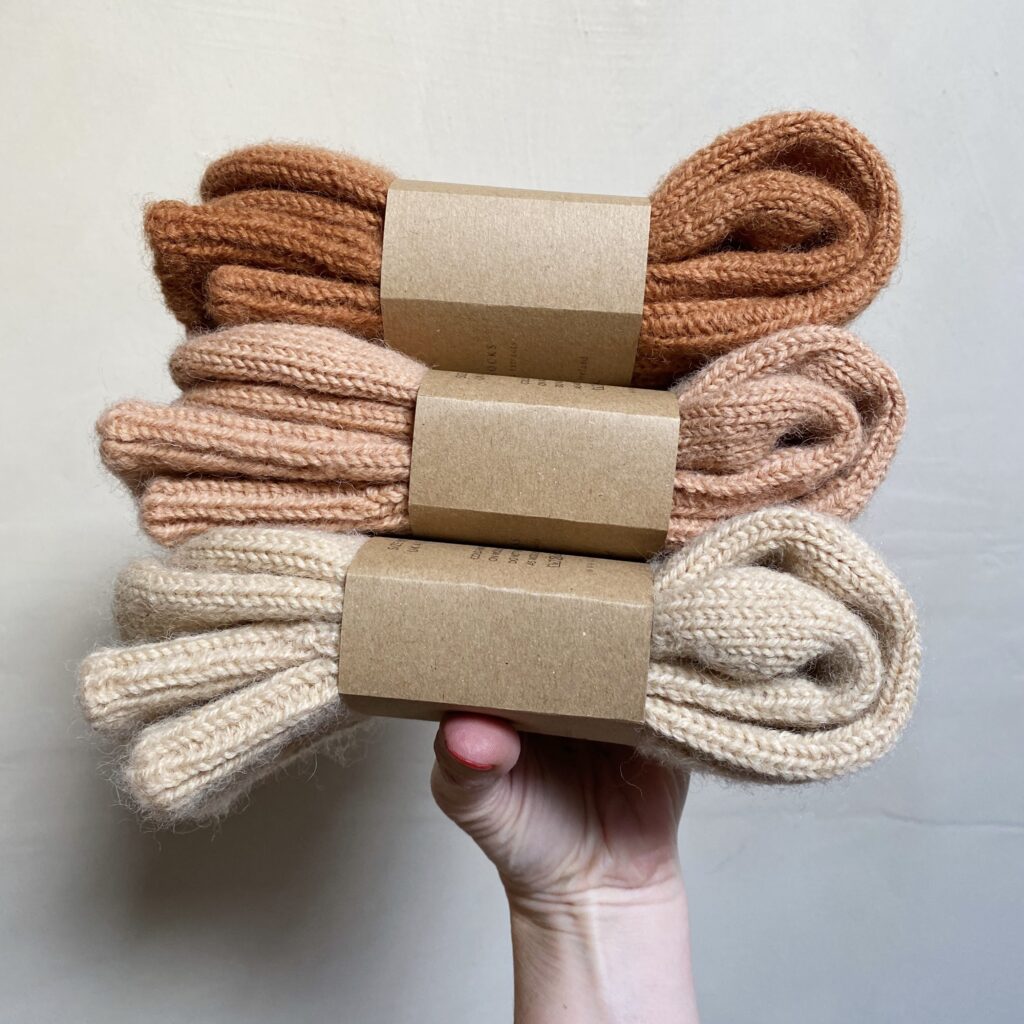
Washing and caring for plant-dyed clothing: Tips
- Machine wash at 30*
- Use eco-friendly detergent
- Wash like colours together
- Group naturally dyed colours accordingly
- Remove from machine & hang to dry
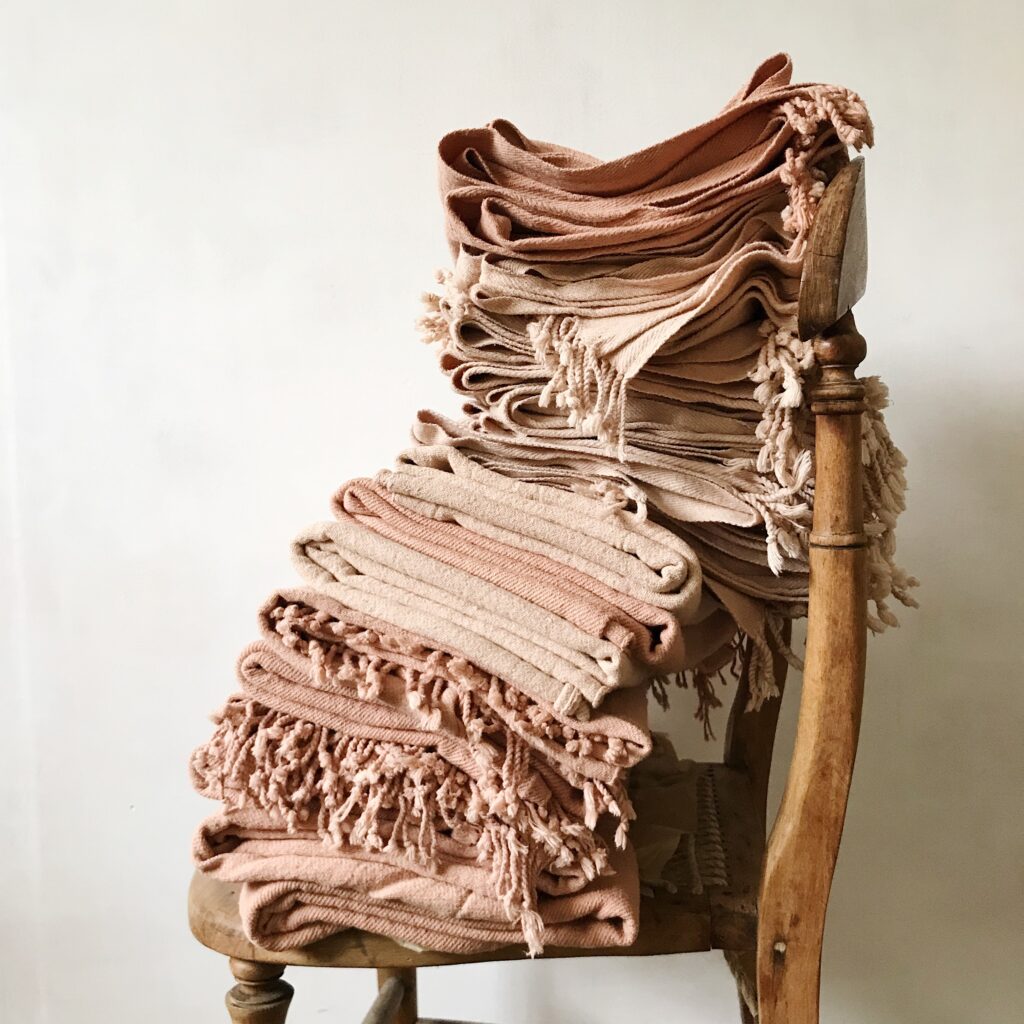
Drying your plant-dyed clothes
When drying your plant-dyed clothes, ideally you would hang them outside to dry. Not all of us live in warm climates where this is possible year-round. Drying clothing can be quite a slow process in cold, wet climates like Ireland! If drying indoors, hang items to dry on a clothes rack. If you don’t have a clothes rack a wooden hanger works well.
Things To Avoid:
- Avoid laying your plant-dyed directly on radiators, especially if the rads are old or the paint has chipped away. The fibres can develop marks where they come in contact with the metal of the radiators.
- Avoid drying your naturally dyed pieces in direct sunlight if you can. If the sun is very harsh it may lighten or fade your colours considerably. The sun can act like a bleaching agent. If the sun is strong where you live, make sure you turn your clothes frequently while they are drying. Take them indoors once they are dry.
Can I put plant-dyed clothing in the dryer?
Yes, if you normally dry your clothes in a dryer, you can dry your plant-dyed clothes in the dryer. Just use a low heat setting.
With a little bit of care, you can keep your plant-dyed clothes looking beautiful for years to come.
I hope that this post is helpful & answers any questions you might have. As with all things natural dye related, this is based on my personal experience which will differ from yours. If you still have any questions about washing and caring for plant-dyed clothing please let me know below 🙂
Learn more about natural dyeing
If you want to learn about natural dyeing you can enrol in my free mini-course. ‘Naturally Dye Fabric With Avocado Stones‘. The class is hosted on teachable, to enrol enter your email & create a password.
Free Natural Dye Resources
For more beginner guides, you can view a range natural dye tutorials here. If you have been wanting to give natural dyeing a go, I would strongly recommend you start with avocados for surprising pinks or yellow onion skins for, you guessed it, yellows:) These are fun dyes, as neither requires a mordant, making them more straightforward. If you’re looking for a project to entertain yourself or a project for your kids, why not give this a go? Avocados are a great dye to introduce kids to the process & teach them about the richness of our natural world. Grab a plain t-shirt, an old pillow case or something white, off-white or cream & get dyeing.
Natural Dye Colour Guide
If you would like to learn more about the colours you can get from dye plants or sources of natural colour, take a look at ‘The Guide To Natural Colour & Plant Dyes‘ ebook. This comprehensive download will give you access to 200+ dye plants, detailed by plant type & colour. Cost: €18.
EXPAND YOUR NATURAL DYE SKILLS & DEEPEN YOUR PRACTICE
Whether experimenting with this plant or curious about other natural dyes, there’s so much more to discover. In the next few weeks, I’ll be re-opening enrolment for my Foundational Natural Dye Course & Coaching, where we’ll dive deep into the art and science of creating beautiful, sustainable colours from nature.
If you want to deepen your practice, this course will take you through foundational techniques of natural dyeing. Expand your craft & elevate your learning with live classes, a full natural dye curriculum & expert guidance to help you along the way. Keep an eye out for more details.
Until then, happy colour adventures!
x Kathryn
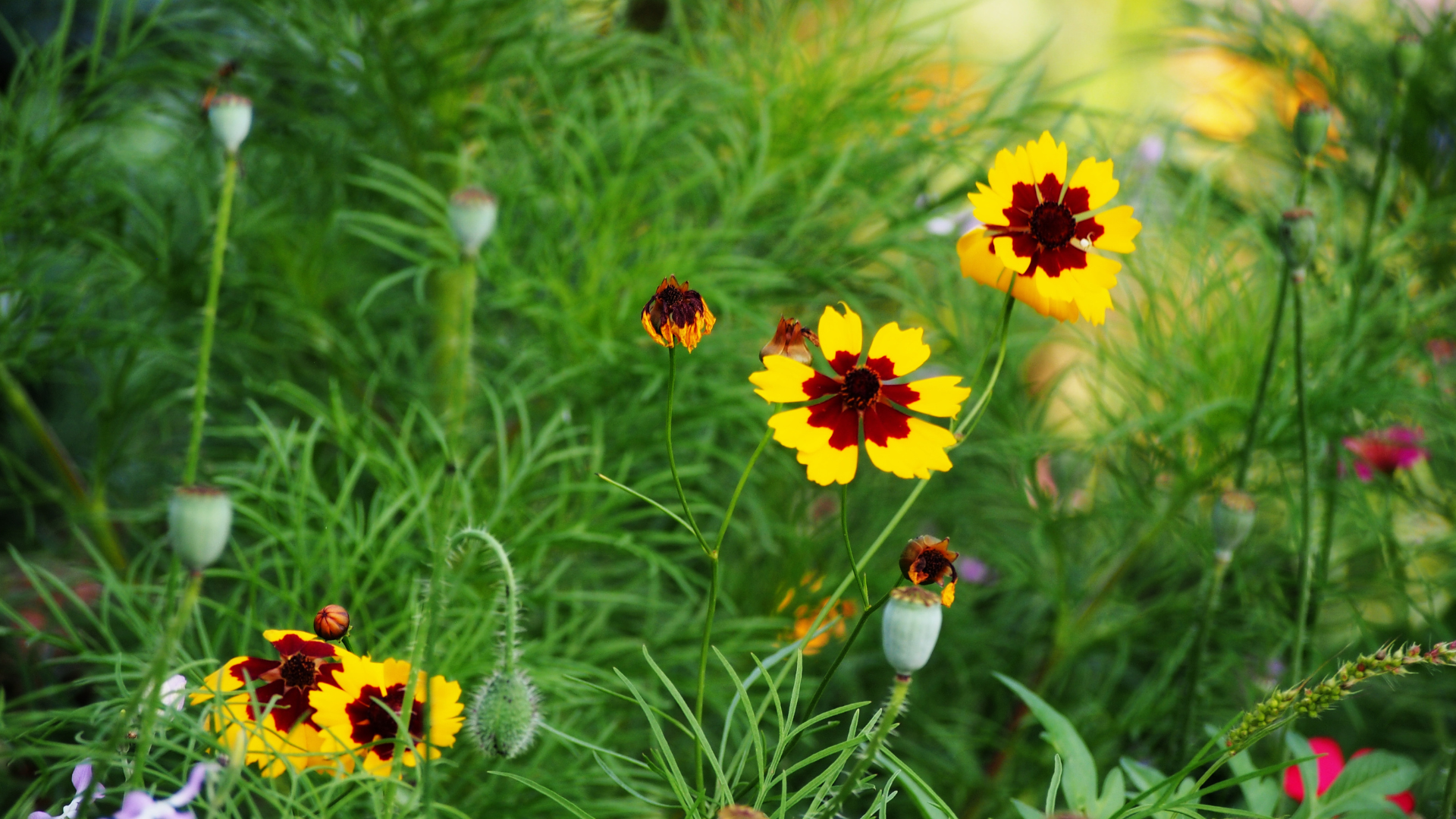
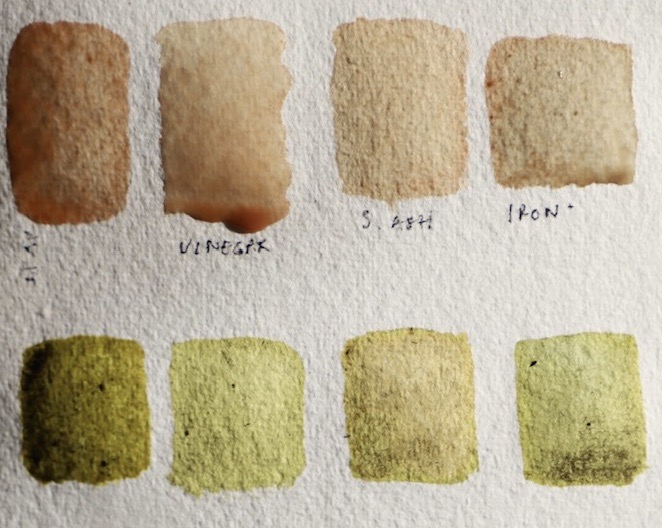
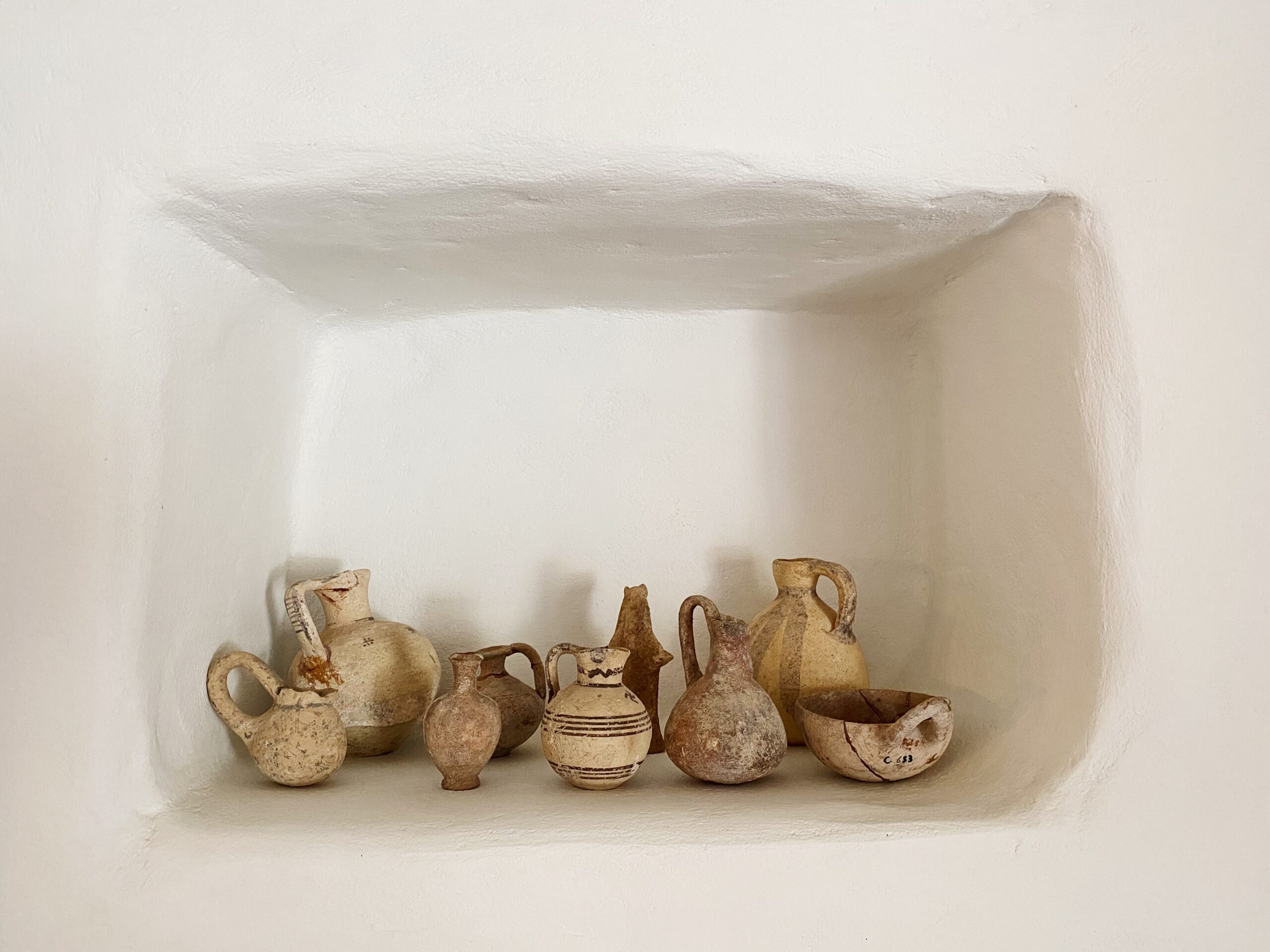
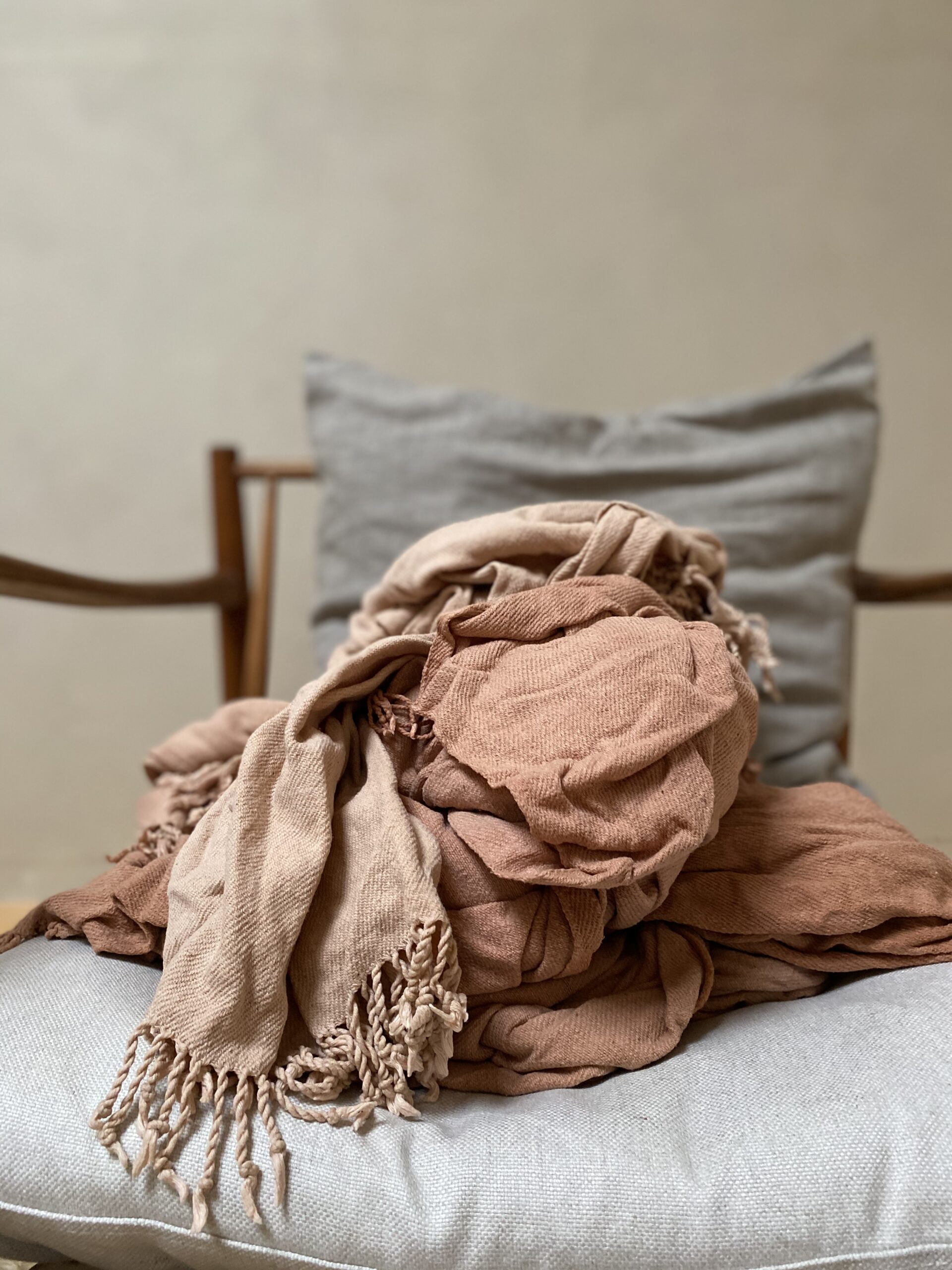


Nice information! Thanks for this article
Your welcome, hope it helps x